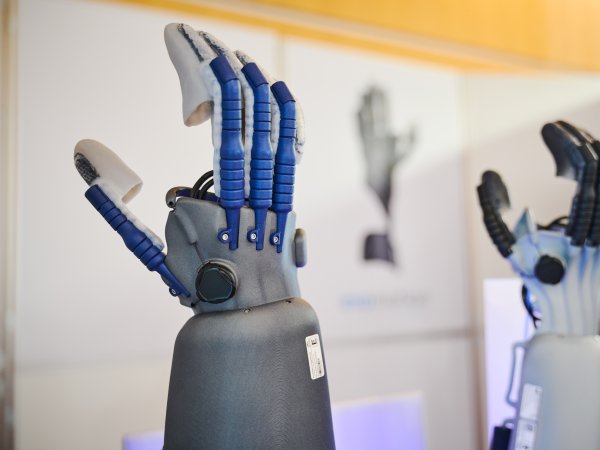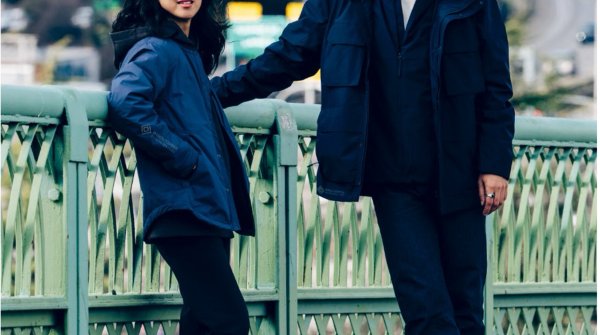The Adaptive Project keeps asking a simple question:
What if we designed for inclusion from the start?
Marie-Laure explains that the Adaptive Project began during the COVID-19 pandemic when Salomon was approached by Hopper, a leading French start-up. The start-up manufactures multifunctional prosthetic blades from recycled carbon fiber waste and develops innovative prosthetic solutions made from carbon fiber. This is recycled from Airbus A350 aircraft. Looking for durable, high-performance soles that could be combined with their blades, Hopper turned to Salomon for their expertise in footwear technology and sustainable design.
Marie-Laure explains:
'Accessibility was at the heart of the project. They have developed prostheses that allow people to walk, but they were missing the last piece of the puzzle, the sole, to make it all work.
What began as a niche collaboration quickly developed into a company-wide initiative that brought together departments, disciplines and even entire industries.
Marie-Laure adds:
'This wasn't about selling more shoes, it was about unleashing the best in people and making them shapers of change. And that's exactly why Salomon exists.
Boris Ghirardi, who lost his leg in a motorcycle accident in 2019, put this transformative message in a nutshell:
'Without sport, I was lost. Sport was my therapy. I had to learn to walk again, then run, then do trail running. Sport gave me back my identity.
His story became one of the real-life practical tests that had a decisive influence on the development of the Blade. Boris reports:
When I tested the first version, I said to Patrick from Salomon, "Make sure it works in the mountains." And they did. When I used the model on the trail for the first time, it was a real aha experience. I felt what was possible again.
The Adaptive Project set unexpected internal collaborations in motion. Patrick Leick, a key figure at Salomon with many years of experience in supporting athletes and developing innovative footwear solutions, worked closely with a designer from the winter sports sector for the first time. Together, they considered how accessible equipment could go beyond the footwear sector.
Marie-Laure explains:
'Even at Salomon, winter sports and footwear had barely touched each other before. This project forced us to have new conversations, initially within our own walls.
The result: a newly developed snowboard boot for adaptive athletes. Technically sophisticated, functional - and visually almost indistinguishable from conventional models.
She continues:
'It just looks like a normal boot. One of our athletes was standing at the ski lift and someone complimented her on the boot without realizing that it was specially designed for use with a prosthesis. Such moments show: Design changes perception.
Design has thus become a tool for changing social images of disability. Away from restriction, towards design potential.
Boris adds:
'Social exclusion decreases when a prosthesis looks like something everyone would like to wear. It becomes desirable, not medical.
Find out more about smart performance analysis, AI-supported training systems, immersive fan experiences, retail tech innovations and more at ISPO 2025.
As groundbreaking as the design and emotional impact of the Adaptive Project were, in order for it to be truly scalable, the price issue had to be resolved first and foremost.
Boris explains:
'The first Blade I tested cost €10,000. It's like going into a shoe store and a pair suddenly costs 10,000 euros.
Thanks to the partnership between Salomon, Hopper and Airbus, this price has been significantly reduced to around 2,000 euros. A great step forward. But the goal has not yet been reached.
Marie-Laure reports:
'We're not at the end yet. The next phase is called scaling: we select specific projects that we can bring to market, reduce prices further and break down the access barrier.
For Boris, accessibility is not just a price issue, but also a structural challenge:
We need solutions that are easy to use and available at the right price accessibility. Salomon or Hopper alone could not achieve this. But together we have proven that it is possible.
And the effect goes far beyond the financial aspect. Boris adds:
'In my non-profit organization Level Up , we have taken people to 3,000-metre peaks with these blades. One of them told me: "If I had met you 20 years ago, my life would have been different." I will never forget that.
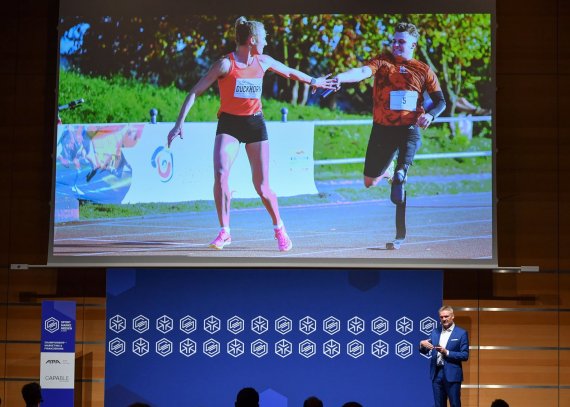
Accessibility is often thought of in technical terms. But what makes this project special is the focus on the emotional and social experience. For Marie-Laure, one thing was clear from the outset: design is not just about function, but about perception.
She emphasizes:
'If the design is convincing, the disability fades into the background. Suddenly people are talking about the product - not the prosthesis. And that changes everything.
One snowboarder who used the adaptive boot was even mistaken for a professional athlete because of the elegant design.
Marie-Laure remembers:
Someone actually said they wanted exactly this boot. And she replied: "I'm disabled, so I can wear it." Moments like this show what good design can achieve.
Boris also tested early prototypes and was honest:
Some just looked like unfinished models: uncomfortable, unsightly. But thanks to Salomon's design work, today we hear: "I want that too." And also from people with two legs.
The big show came in Paris at the Paralympics. There, Salomon presented three prototypes to the public for the first time:
- A snowboard boot with adaptive functions
- A trail running blade made from recycled wood
- A ski touring boot for adaptive athletes
The response was direct and clear. Maire-Laure reports:
'So many people, including athletes*, media and consumers*, have come forward to test or buy the products. But we have to keep expectations realistic. They are prototypes. Our goal is to perfect them before we bring them to market.
The focus is now on prioritization: Which products can be brought into series production? How quickly is scalable production possible? And how can prices remain affordable?
Boris gets to the heart of the matter:
Five years ago, I was the only one with a Blade at a trail run. Today I've seen ten others. That's progress. That is hope. We haven't reached our goal yet, but the door is open.
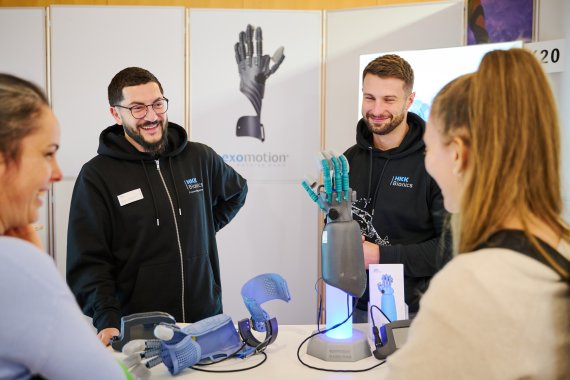
In the sports industry, it is often assumed that innovation follows profit. This project shows that purpose can have just as strong an impact - with just as much business potential.
Marie-Laure put it like this:
'This is not about numbers. It's about relevance. If you tell stories about outdoor experiences and top performance, you can't leave out 15% of the population.
Figures underline their stance:
- 50% of all people experience some form of disability in their lifetime - temporary or permanent.
- According to studies, companies that invest in purpose-driven projects are on average 35% more innovative.
She emphasizes:
'We are not developing a niche solution here. We are building the next market. And it's already here.
Boris also sees inclusion as the next stage of performance culture:
'In the last 40 years, the image of women in sport has changed fundamentally. Now it's time to achieve the same for athletes with disabilities.
As Salomon prepares to scale its adaptive equipment offering, one thing is clear: this isn't just a product line - it's a cultural shift. In a world where many young people don't get enough exercise and barriers for people with disabilities persist, the potential for change is not just great, it's necessary. Marie-Laure knows:
It's not just about athletes* like Boris, it's about the next generation and the one after that. It's about creating a new narrative: about sport, performance and participation.
For brand managers, product developers and marketing decision-makers, this project offers more than just inspiration. It shows how innovation can become sustainable, scalable and socially effective. Boris sums it up in one sentence:
'Seeing someone walk again for the first time is priceless. That's the spirit. That's the future of sport.
More smart technologies that are driving the sports industry forward such as smart performance analytics, AI-powered training systems, immersive fan experiences, retail tech innovations and more can be found at Sports Brand Media at ISPO 2025. The conference will take place on 01 and 02 DEC.
For product managers, brand managers, marketing experts and retailers, the Adaptive Project is not just an inspiring story. It is a template for sustainable product development and brand management.
The most important concrete learnings:
- Integrate inclusion into promotion and development from the outset: Don't add accessibility as an afterthought, use it as a starting point.
- Use cross-industry partnerships: Collaboration with aviation, start-ups and NGOs opens up new avenues.
- Focus on desirable design: Products for people with disabilities should look beautiful, not clinical.
- Incorporate athletes' voices into product design: Real users help to develop better products.
- Use purpose as a driver of internal collaboration: Break down silos by rallying around a common mission.
- Prepare for scaling and be honest about market readiness: Enthusiasm builds quickly, expectations should be managed realistically.
- Keep the business case for purpose in mind: Inclusion can open untapped markets and foster long-term brand loyalty.
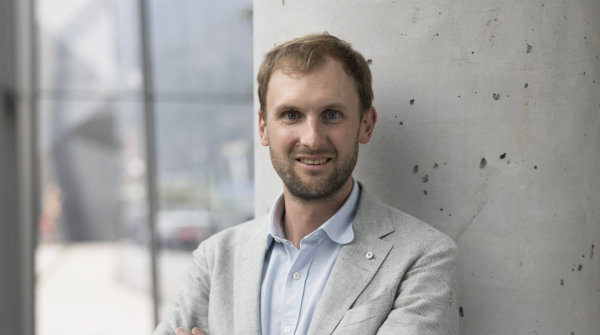
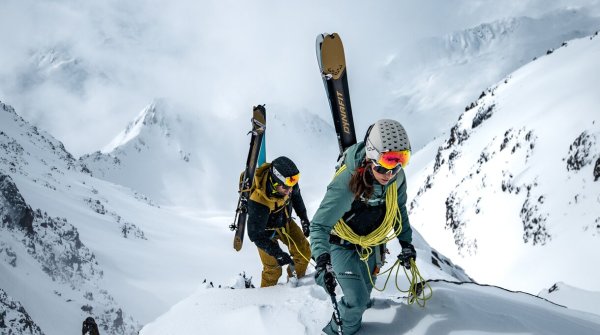 Sports BusinessSki Mountaineering Goes Olympic: What Milano-Cortina 2026 Means
Sports BusinessSki Mountaineering Goes Olympic: What Milano-Cortina 2026 Means
- ISPO awards
- Mountain sports
- Bike
- Design
- Retail
- Fitness
- Health
- ISPO Job Market
- ISPO Munich
- ISPO Shanghai
- Running
- Brands
- Sustainability
- Olympia
- OutDoor
- Promotion
- Sports Business
- ISPO Textrends
- Triathlon
- Water sports
- Winter sports
- eSports
- SportsTech
- OutDoor by ISPO
- Heroes
- Transformation
- Sport Fashion
- Urban Culture
- Challenges of a CEO
- Trade fairs
- Sports
- Find the Balance
- Product reviews
- Newsletter Exclusive Area
- Magazine
